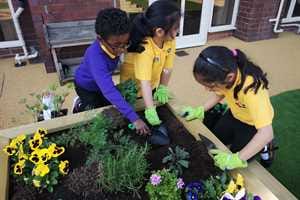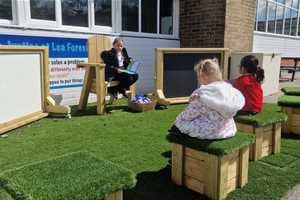
Outdoor Learning and Play
What is the Reggio Emilio Approach, and how does it differ to the Montessori Approach?
Reggio Emilia Play Approach was created after WW2 in Reggio Emilia in northern Italy. Its founder Loris Malaguzzi, a teacher, believed that the community of Reggio Emilia needed a new and improved educational system for their children. An education that would enable critical thinking and teamwork.
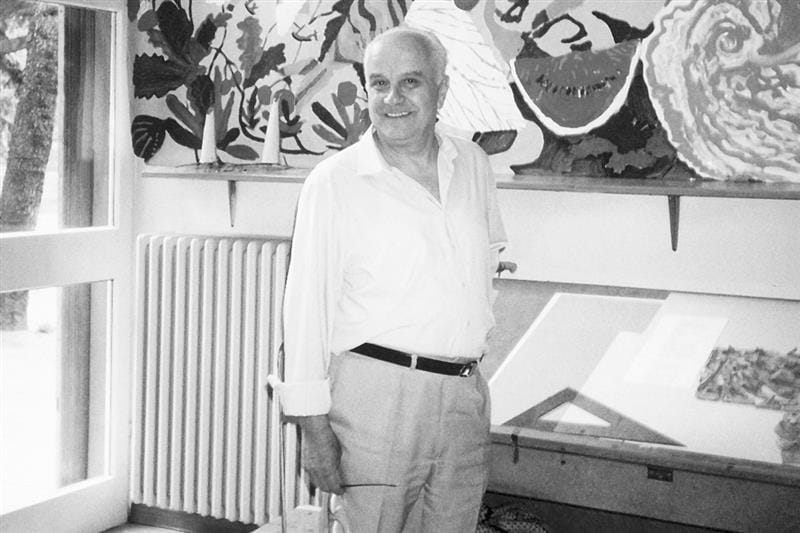
Photo Credits: Reggio Emilia Approach
With help from local parents and citizens (mainly the women), Malaguzzi opened the first Reggio Emilia preschool in 1963. This approach has since evolved and is popular worldwide and in the UK.
Product Spotlight
Malaguzzi believed in a child-led learning approach and developed his beliefs into “The 100 Languages Approach.” Malaguzzi deemed that children have 100 languages to express themselves. His teachings, therefore, were based on using these languages to support children and their learning as well as understanding the environment around them.
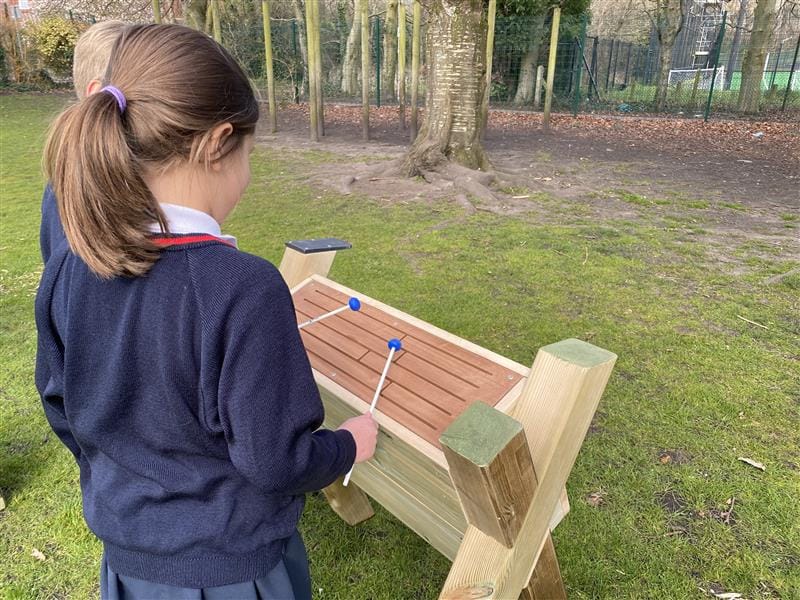
What is The 100 Languages Approach?
“The 100 Languages” is a metaphor describing how children show their understanding, learning, and thinking.
A key learning practice central to the Reggio Emilia Play Approach is expressive arts. Putting emphasis on many non-verbal “languages” such as gestures, glances, and emotions. It also encourages children to express themselves and improve their knowledge through many expressive activities such as dramatic play, dancing, painting, sculpting, writing, construction, puppetry, and many more…
Allowing child-led expressive learning which encourages exploration and creativity will promote children’s knowledge and inspire children to revisit activities and delve into deeper levels of understanding.
The 7 Principles of Reggio Emilia Play Approach:
There are 7 Principles of the Reggio Emilia Play Approach, which can be used and adapted depending on each learning environment and community.
1. Children can take an active role in their learning.
The Reggio Emilia Play Approach believes that children can control their own learning. This principle believes that children can build their own learning autonomously to develop their understanding and knowledge.
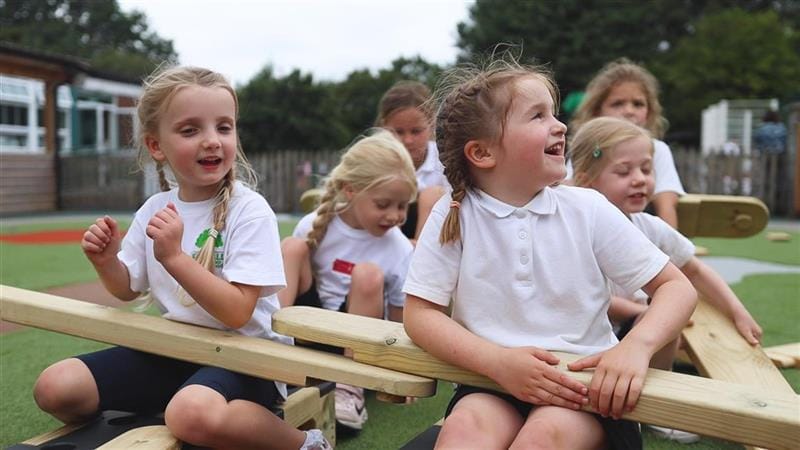
2. Children have 100 languages and ought to be supported to express themselves.
Every child learns differently and should be provided with a wide range of resources, materials, and strategies to enhance their learning. They should be encouraged to express, share, and explain their findings, thinking, ideas, and feelings in whatever way suits them.
.jpg)
3. An emergent curriculum.
What a child wants to learn and the direction it takes is decided by the child. However, the curriculum is therefore developed around the child’s interests such as painting, drawing, music, or dancing.
The role of the teacher is to monitor and take note of the learning needs of each child. As well as speaking to their parents and working closely with planning teams to provide the right activities for the child to promote their interests and group work.
.jpg)
These activities can be chosen by the child as free play and worked on at their own pace allowing the child to return to it as and when they please without any strict time scales.
The essential part of this principle is that children must work and learn in small groups to encourage teamwork, collaboration, linguistics, and problem-solving skills.
4. Educational records.
Noting down a child’s records of learning is an important principle of the Reggio Emilia Play Approach. Teachers must record each child’s learning process to help coordinate the theories and practices used to develop their learning.
This can be done in written form, by photographic evidence, or by written wall panels. It also enables teachers and parents to look back at a child’s learning curve and see how they have progressed through each activity and evaluate how each child has learned and how best they learn.
.jpg)
5. Relationship building and community participation.
The Reggio Emilia Play Approach believes that everyone learns through connecting with things, thoughts, and experiences. These connections are made via interacting with other people through the environment we live in.
Parents and the community play a huge role in the Reggio Emilia Play Approach. Encouraging parents’ participation and their active involvement in their child’s learning progress as well as creating a link to the community.
Providing a strong teacher/parent/community connection right from the start (nursery onwards) promotes a link to all three throughout the child’s life as well as a shared identity for all partakers.
6. Teachers are the children’s equal, providing guidance and nurturing children’s learning and progress.
Teachers are in the classroom setting to guide and not teach children. They are there to provide activities set out in the emergent curriculum and guide children in their exploration and learning.
In the Reggio Emilia Play Approach, teachers learn next to the children, they need to listen closely, take notes, and be actively involved in the child’s learning.
By doing this the teacher can guide the child to explore new opportunities and help them reach their full potential.
.jpg)
7. The environment becomes a “third teacher.”
This principle looks at the influences the environment around the children can have each day and therefore being their third teacher. It provides children with a multitude of daily free play learning experiences that promotes exploration, problem-solving, discovery, and understanding.
It is therefore important that each classroom environment has resources and activities that are engaging to children, inspiring, and enable children to think outside the box.
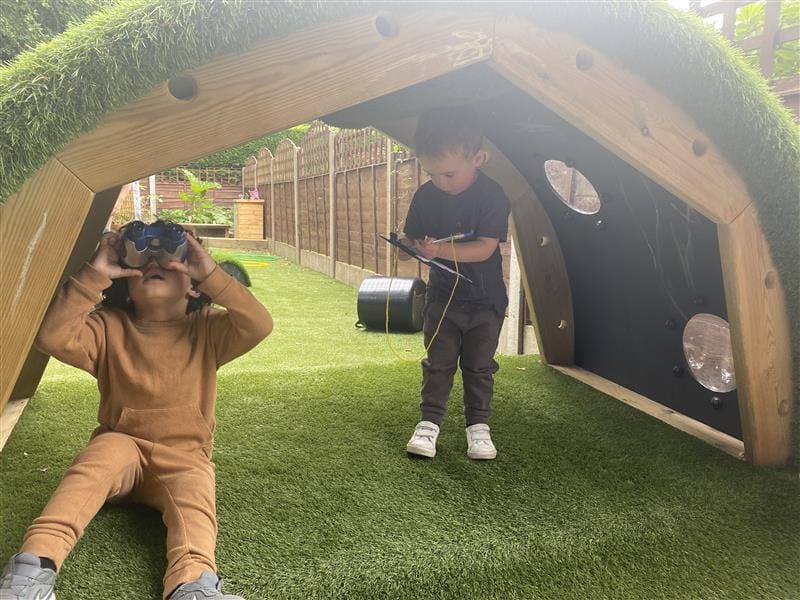
Pentagon Play’s Resources:
A lovely resource that could be incorporated into any Reggio Emilia outdoor play classroom would be Pentagon Play’s Music Pack.
.jpg)
Comprising of:
- Drum Seats x 5
- Tongue Drum
- Freestanding Chimes
Pentagon Play’s Music Pack is ideal for children to express themselves musically and encourages working in small groups, whilst at the same time promoting learning and expressing themselves through connecting with the instruments, music made, and the other children working and learning alongside them. This could be mirrored and supported by parents who could develop musical interests at home or in the community with their children inside or in outdoor play spaces.
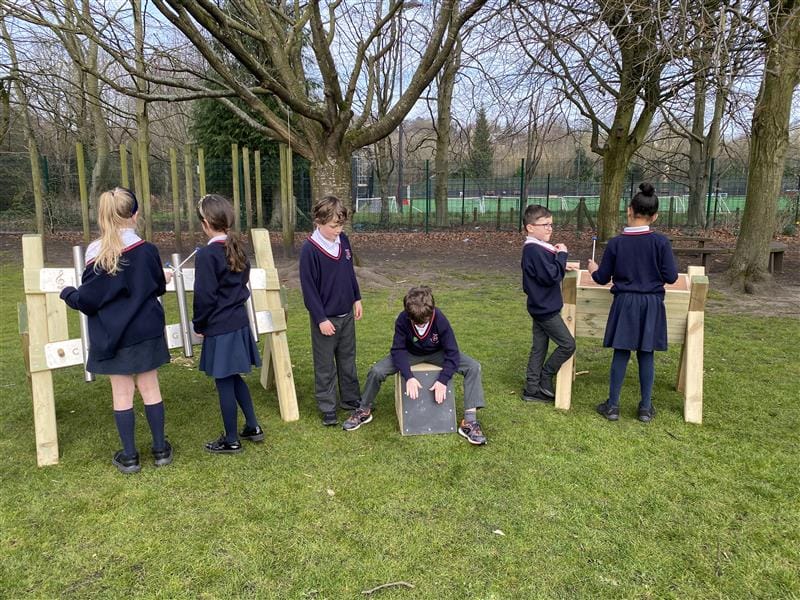
Creating musical sounds, rhythms, and collaborative musical work can be extremely uplifting and confidence-boosting for children. It can also help with stress, anxiety, and frustration allowing children to express themselves via music.
Creating opportunities and activities based on musical exploration and creating sounds can be a positive part of any emergent curriculum. Teachers can guide children along the way and help them learn, improve their musical knowledge, and reach their full potential.
If you're interested in learning more about how to optimise your classroom for Reggio Emilio learning, Contact Us Today.
.jpg)
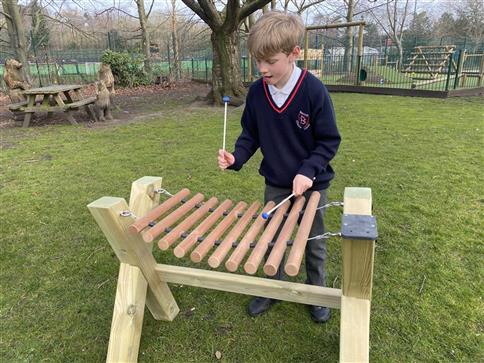

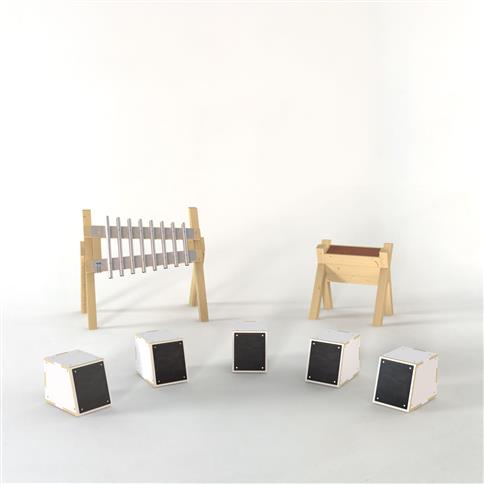
.JPG)

.JPG)

